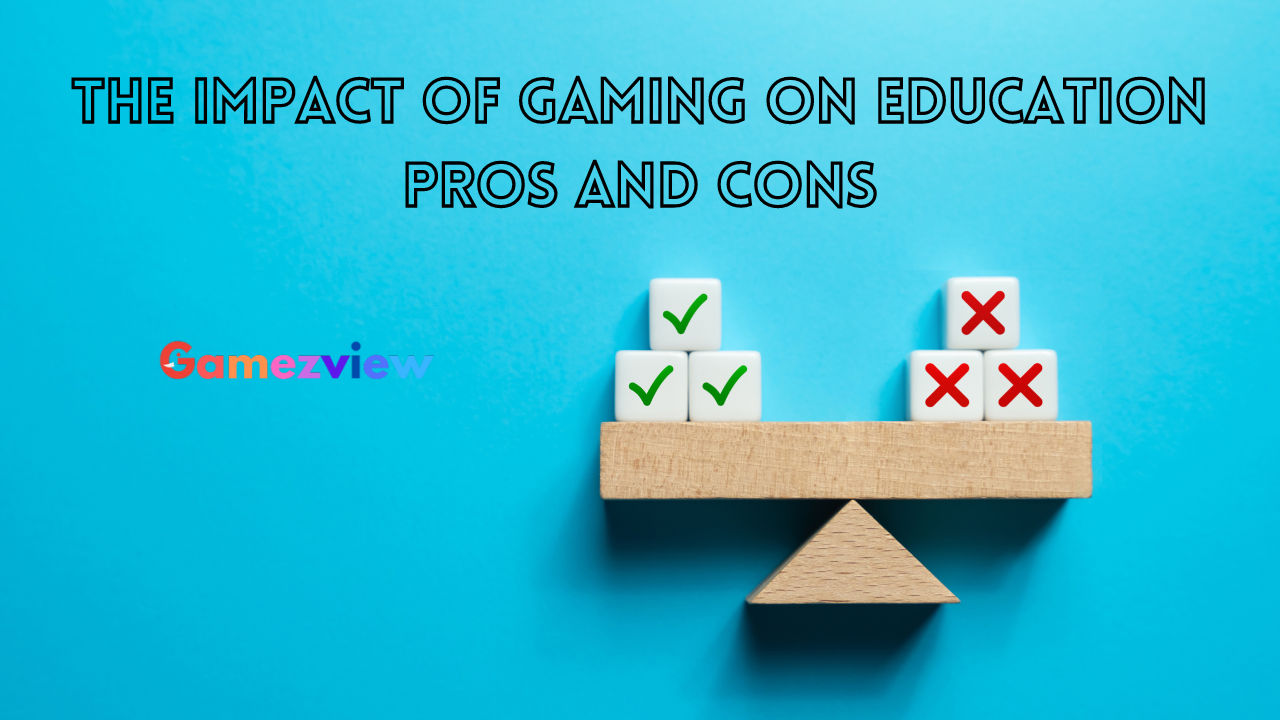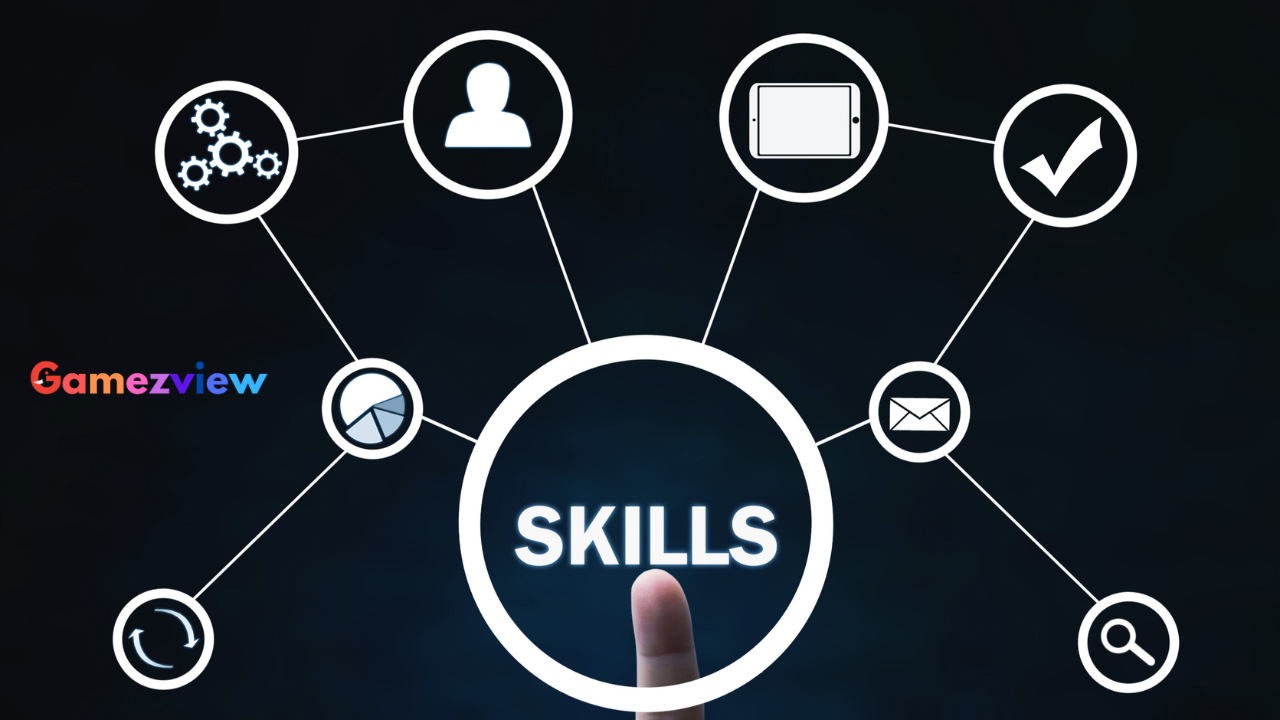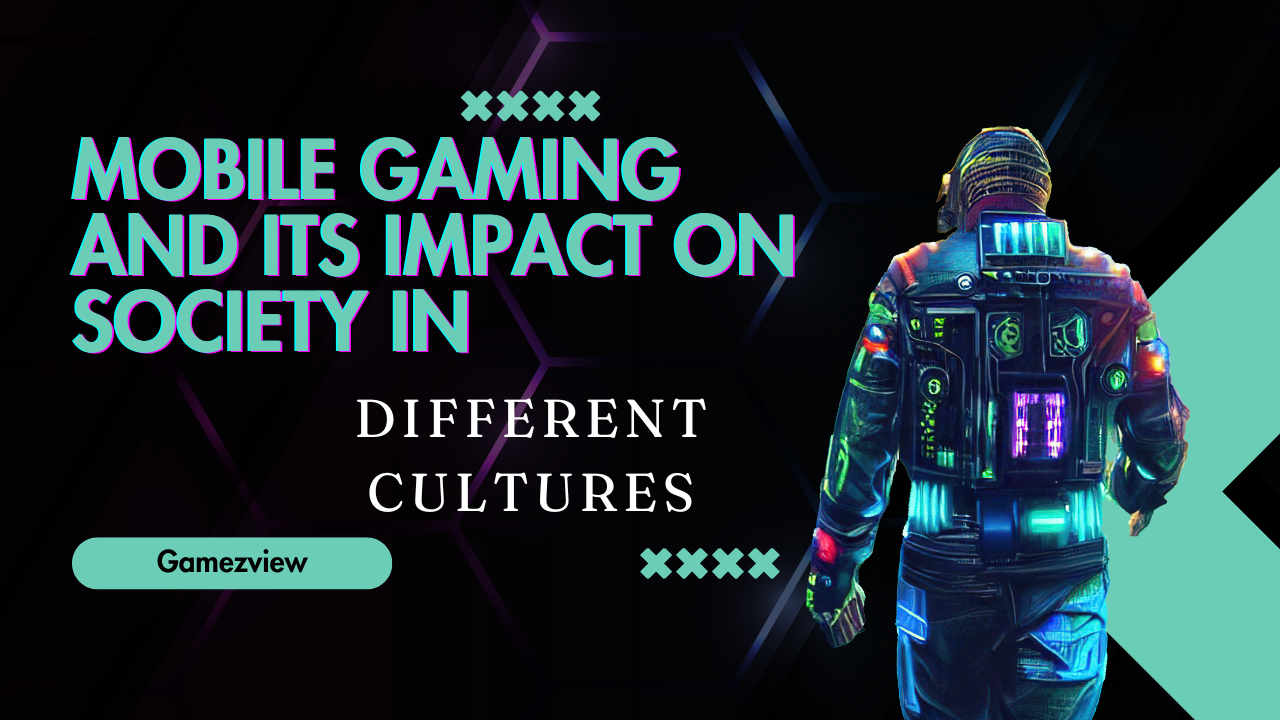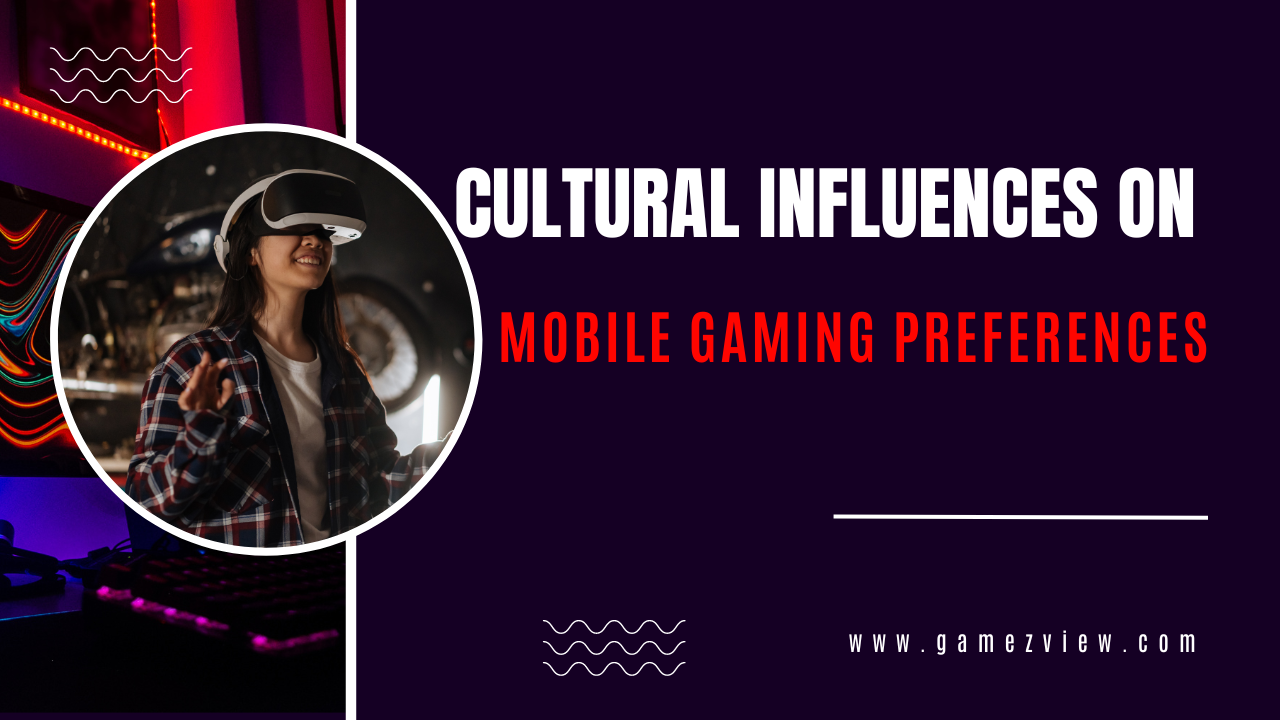Gaming has become an increasingly prevalent form of entertainment, with millions of people around the world engaging in video games of various genres and platforms. In recent years, educators and researchers have begun to explore the potential benefits and drawbacks of integrating gaming into educational settings. While some advocate for the use of games as valuable tools for teaching and learning, others express concerns about their potential negative impacts on students. In this article, we examine the pros and cons of gaming in education to better understand its implications for students, teachers, and educational institutions.
Pros of Gaming in Education
1. Engagement and Motivation
One of the primary benefits of gaming in education is its ability to engage and motivate students. Educational games often incorporate interactive elements, challenges, and rewards that capture students’ attention and encourage active participation. By making learning fun and engaging, games can help foster a positive attitude towards learning and increase students’ motivation to succeed.
2. Skill Development
Gaming can facilitate the development of a wide range of skills, including critical thinking, problem-solving, creativity, and collaboration. Many educational games are designed to challenge players to think strategically, analyze information, and make decisions in real time, thereby enhancing cognitive abilities and preparing students for success in academic and professional settings.
3. Personalized Learning
Gaming allows for personalized learning experiences tailored to individual student needs and preferences. With adaptive technology and data analytics, educators can track students’ progress, identify areas for improvement, and provide targeted feedback and support. This personalized approach to learning can help students learn at their own pace and address their unique learning styles and abilities.
4. Real-World Application
Some educational games simulate real-world scenarios and challenges, providing students with opportunities to apply their knowledge and skills in practical contexts. For example, simulation games in fields such as science, engineering, and business allow students to experiment, make decisions, and observe the consequences of their actions in a safe and controlled environment. This hands-on approach to learning promotes deeper understanding and retention of concepts.
5. Collaboration and Social Interaction
Many educational games incorporate multiplayer modes or cooperative gameplay, fostering collaboration and social interaction among students. By working together to solve problems, achieve goals, and overcome challenges, students develop communication skills, teamwork abilities, and empathy. Additionally, gaming can create a sense of camaraderie and belonging within the classroom, strengthening the student community.
Cons of Gaming in Education
1. Potential for Distraction
One of the main concerns surrounding gaming in education is its potential to distract students from learning tasks and academic responsibilities. Excessive gaming can lead to decreased attention span, reduced productivity, and poor academic performance. Moreover, students may become addicted to gaming, prioritizing gaming activities over schoolwork and other important obligations.
2. Negative Impact on Health
Extended periods of gaming can have adverse effects on students’ physical and mental health. Prolonged screen time may lead to eye strain, headaches, and sleep disturbances, while sedentary behaviour can increase the risk of obesity and other health issues. Moreover, excessive gaming may contribute to social isolation, anxiety, and depression, especially if students become overly immersed in virtual worlds at the expense of real-life relationships and experiences.
3. Lack of Academic Rigor
Some critics argue that educational games may lack the academic rigour and depth necessary to effectively teach complex concepts and skills. While games can be engaging and entertaining, they may oversimplify or gamify educational content, sacrificing depth and complexity for the sake of accessibility and entertainment value. As a result, students may not develop a deep understanding of academic subjects or acquire the necessary skills to succeed in higher education and professional settings.
4. Equity and Access Issues
The integration of gaming into education raises concerns about equity and access, particularly for students from disadvantaged backgrounds or under-resourced schools. Access to technology and high-quality educational games may be unevenly distributed, exacerbating existing educational disparities. Moreover, students without access to gaming devices or reliable internet connectivity may be excluded from gaming-based learning experiences, widening the digital divide and perpetuating inequality.
5. Ethical and Social Implications
Finally, the use of gaming in education raises ethical and social implications regarding data privacy, student surveillance, and the commercialization of education. Educational games may collect sensitive student data for purposes such as performance tracking and targeted advertising, raising concerns about privacy and consent. Moreover, the gamification of education may prioritize entertainment value over educational outcomes, commodifying learning and reinforcing consumerist attitudes towards education.
The integration of gaming in education presents both opportunities and challenges for students, educators, and educational institutions. While gaming can enhance engagement, motivation, and skill development, it also carries risks such as distraction, health concerns, and equity issues. To maximize the benefits of gaming in education while minimizing its drawbacks, educators and policymakers must carefully consider the design, implementation, and regulation of gaming-based learning experiences. By leveraging gaming as a tool for personalized learning, collaboration, and real-world application, educators can harness its potential to transform education and empower students to succeed in the 21st century.






